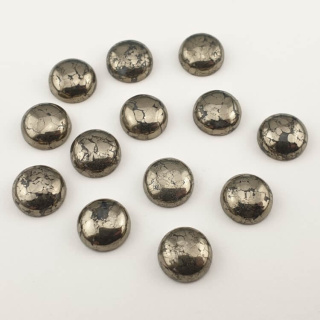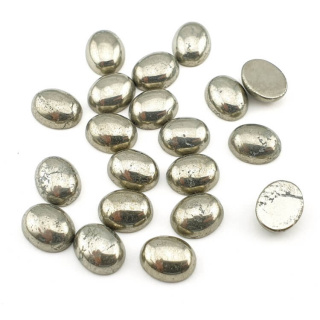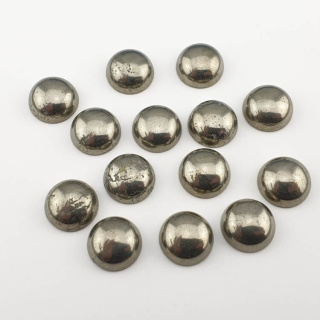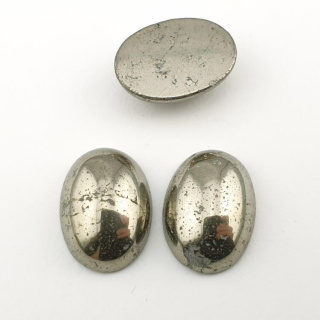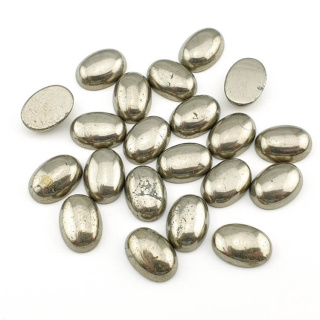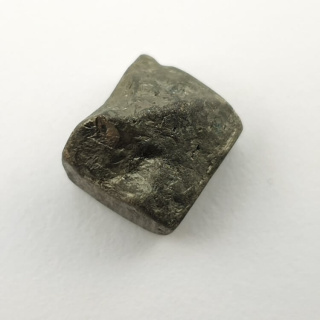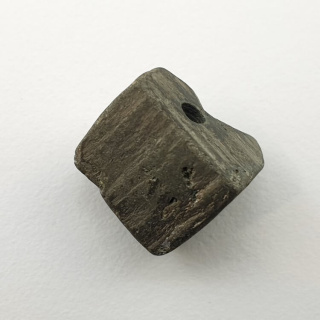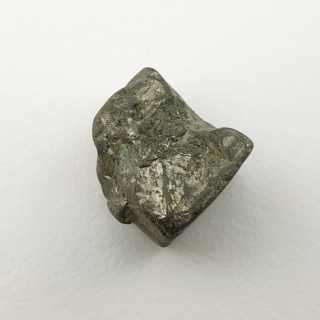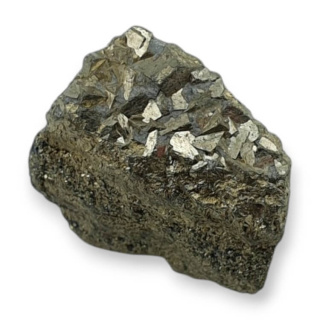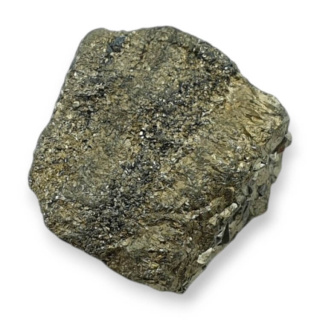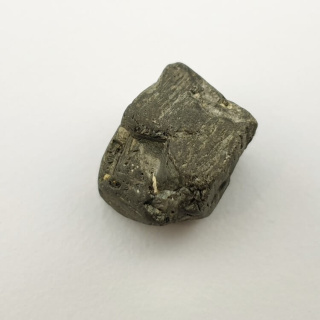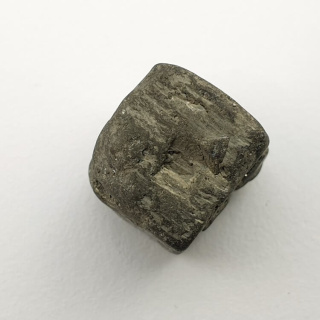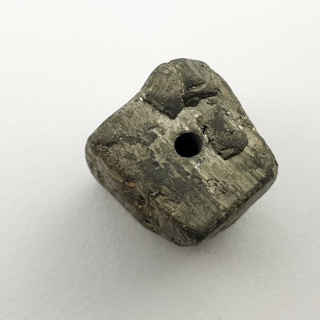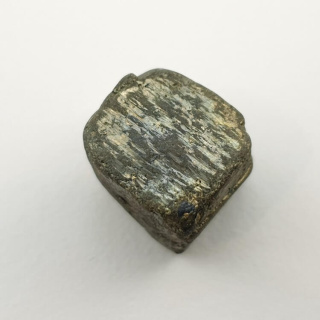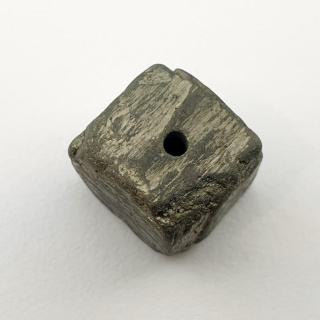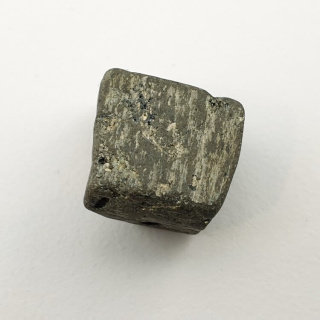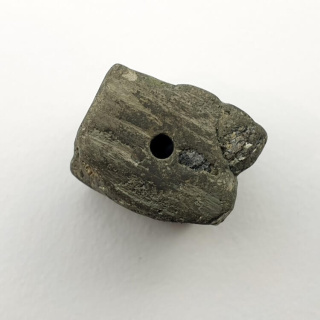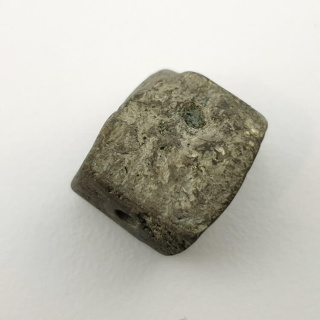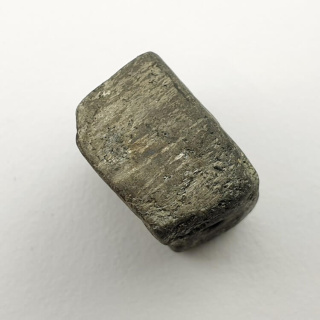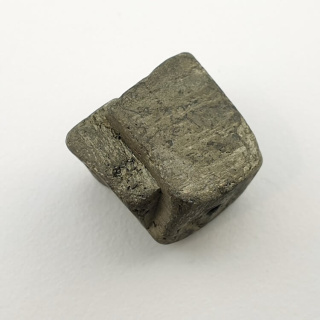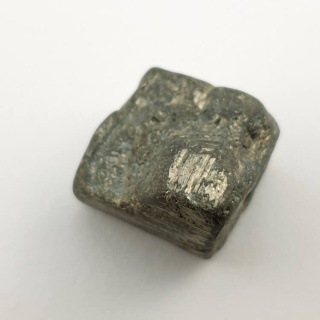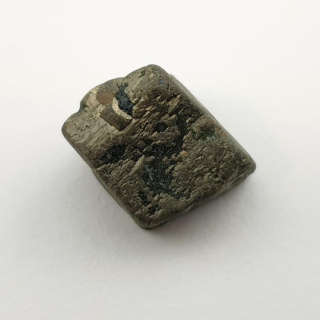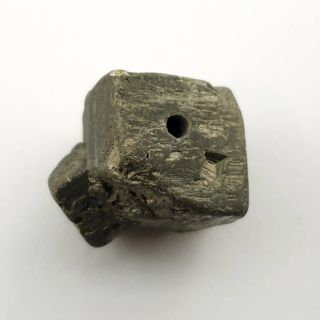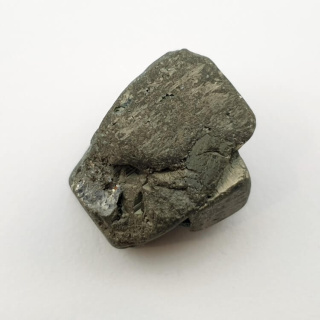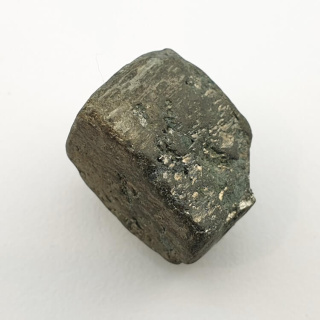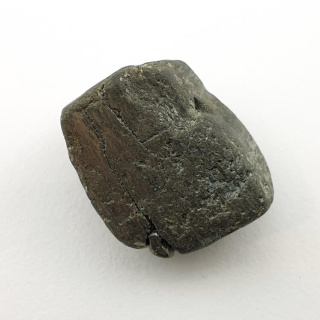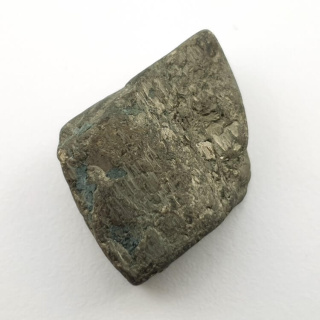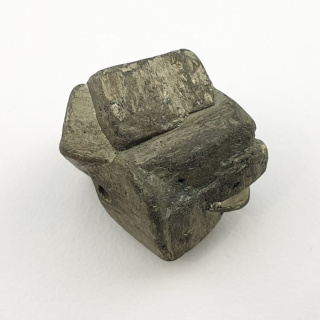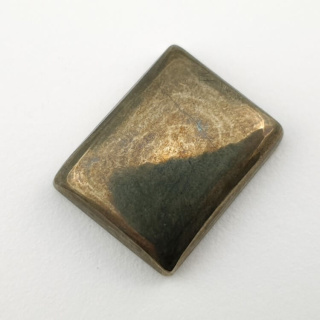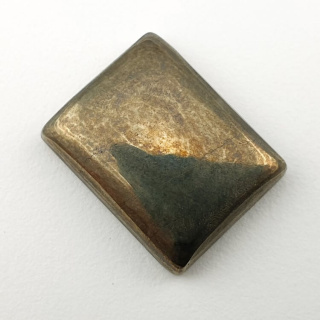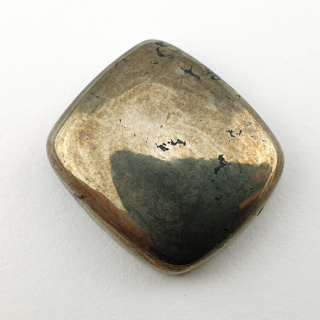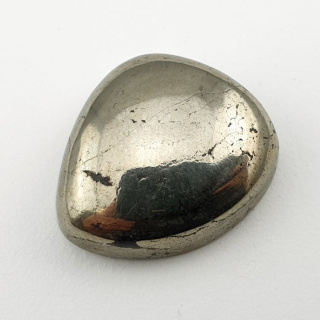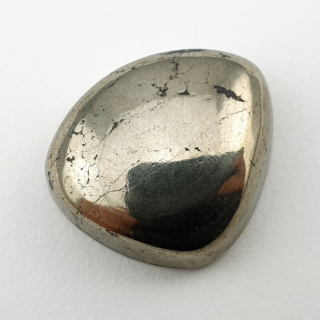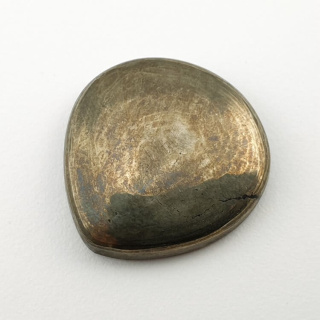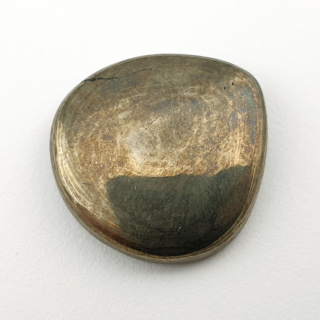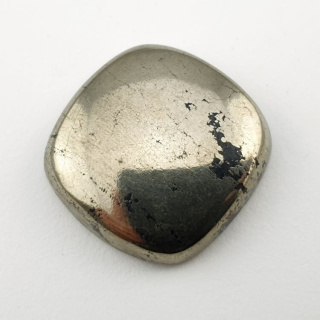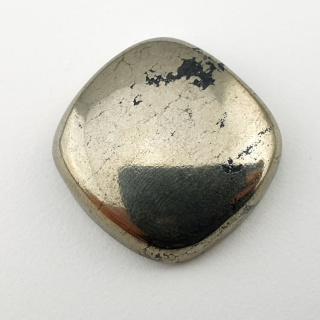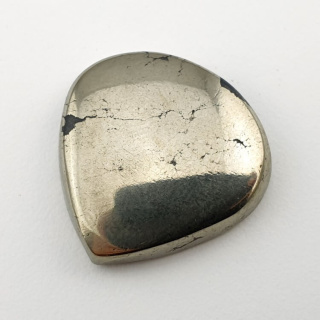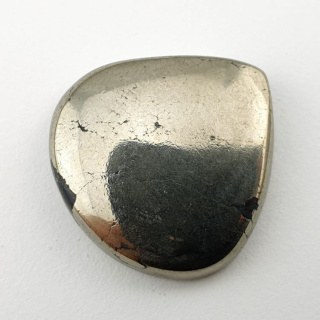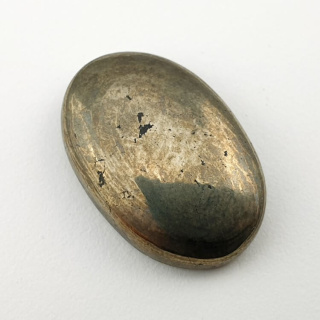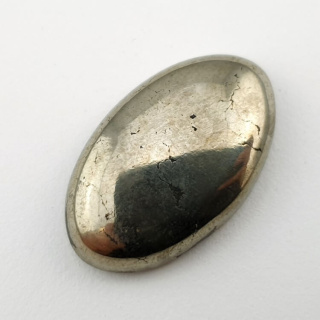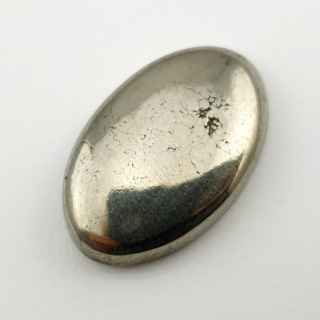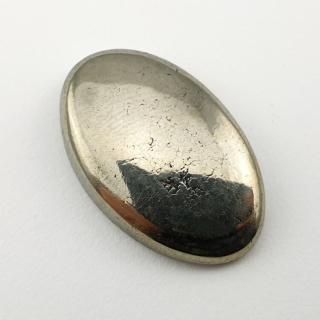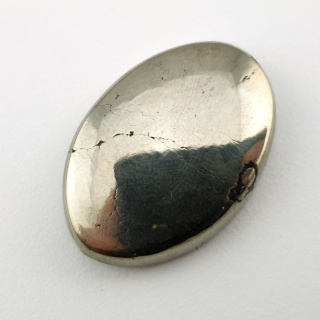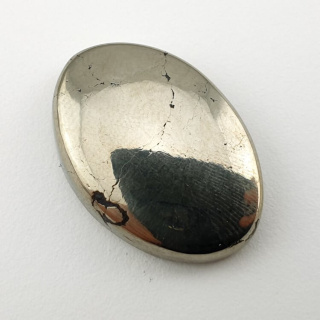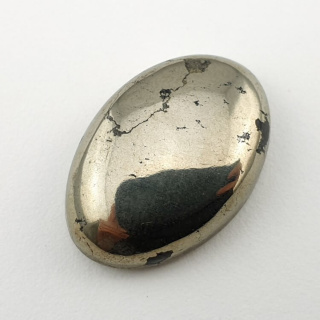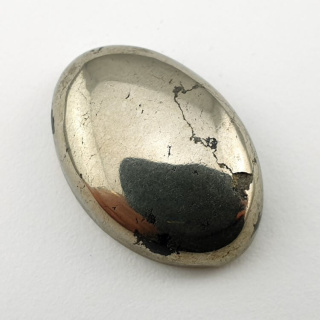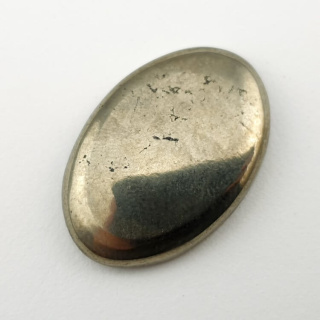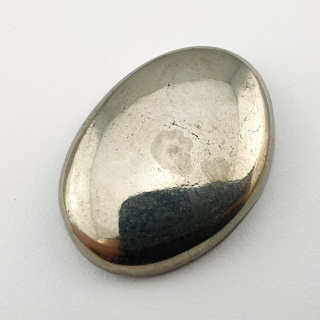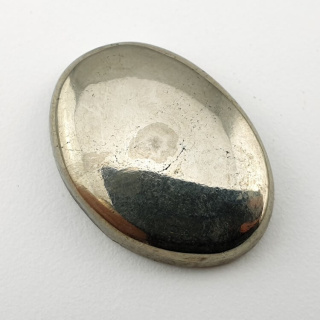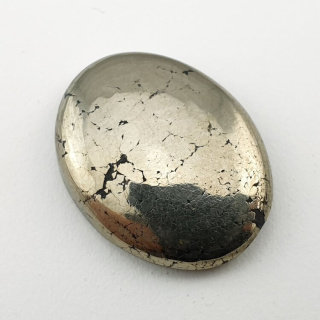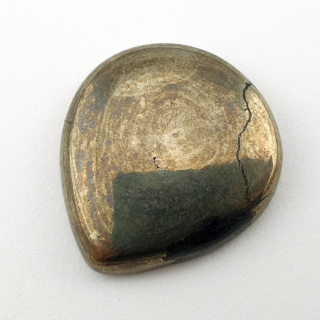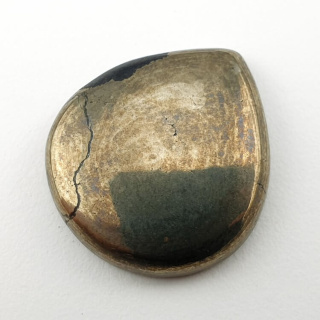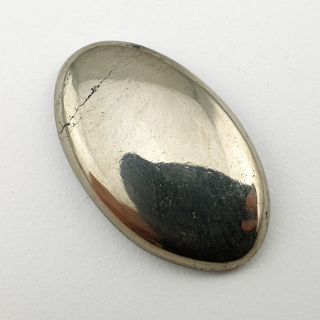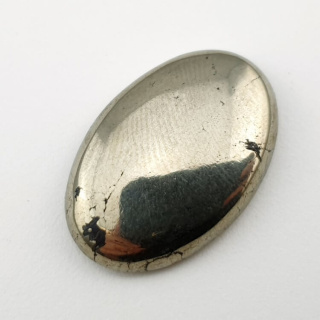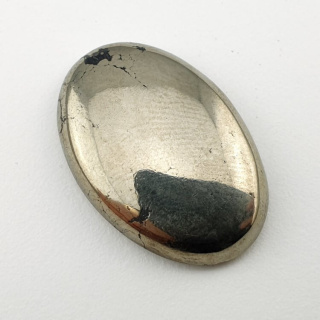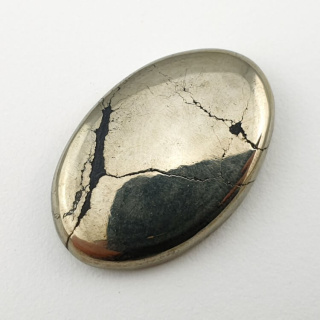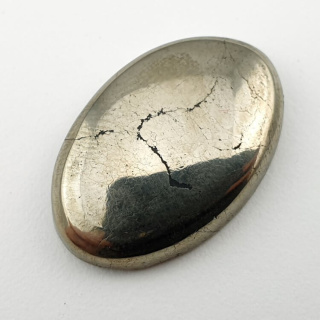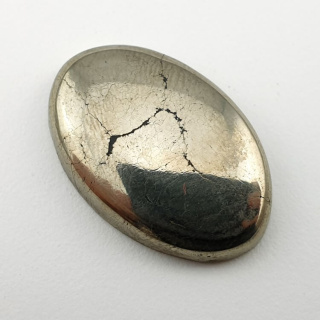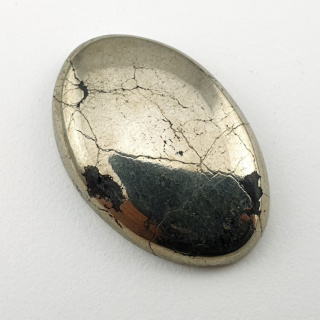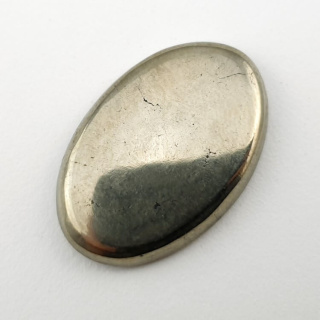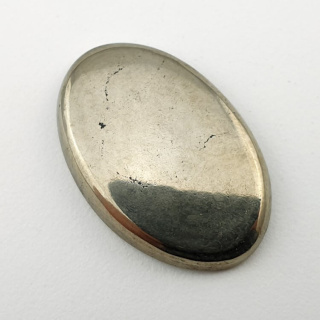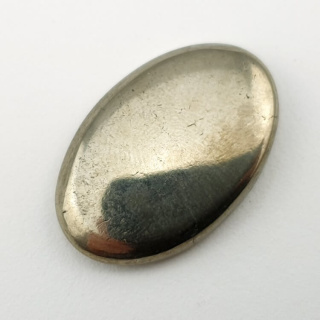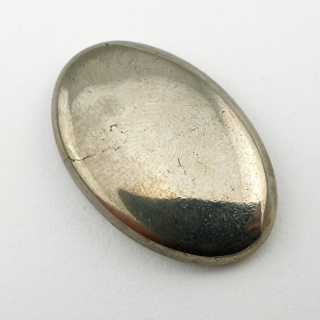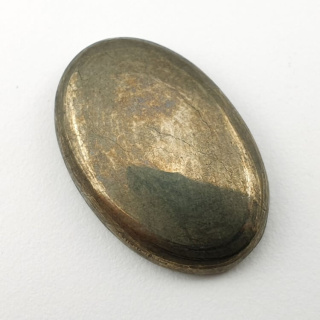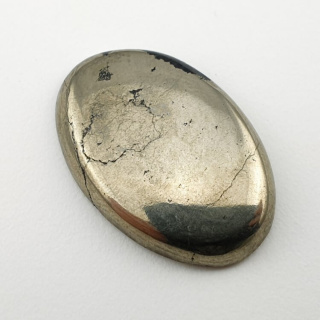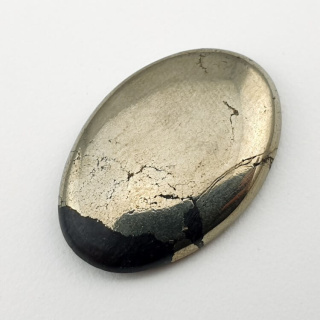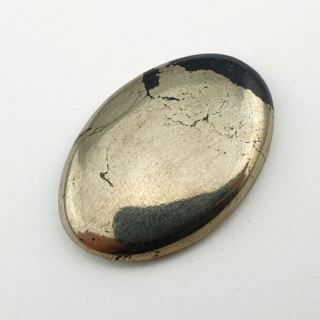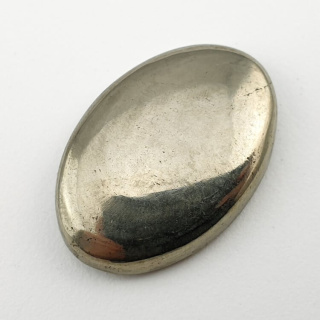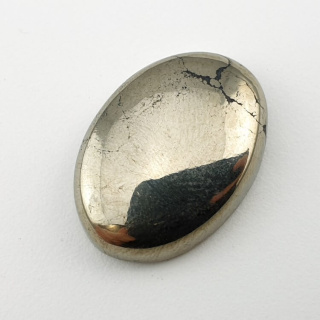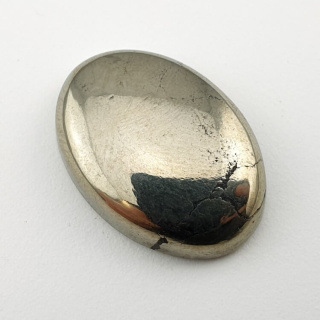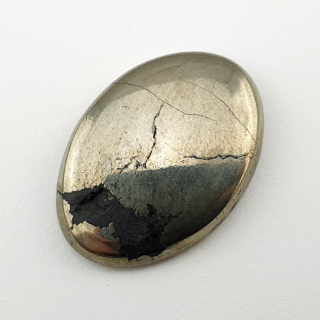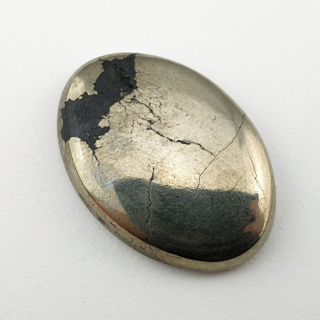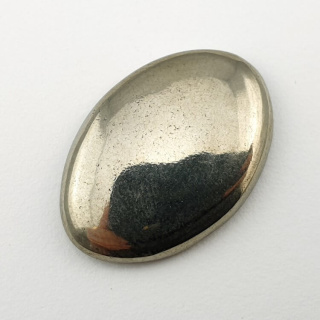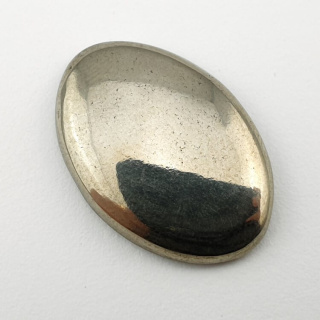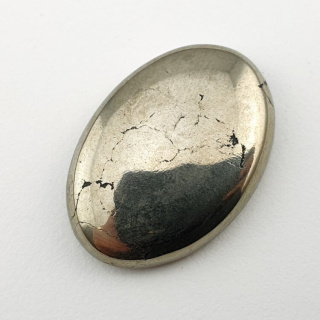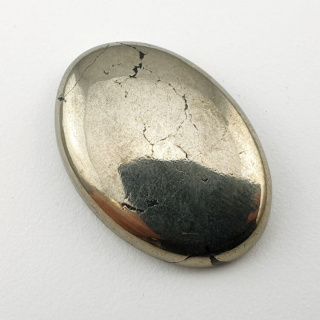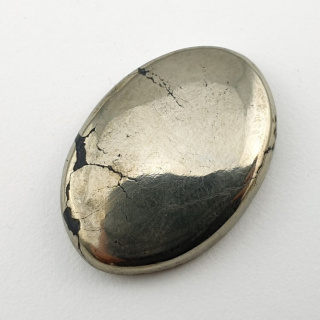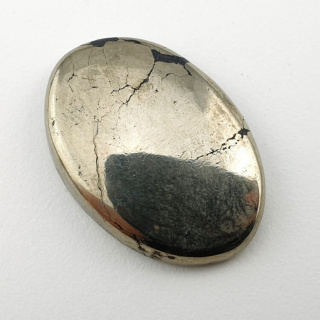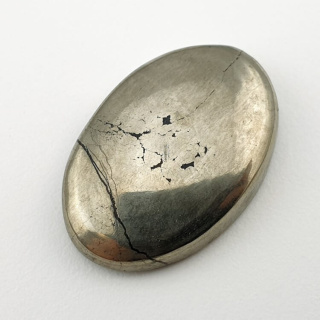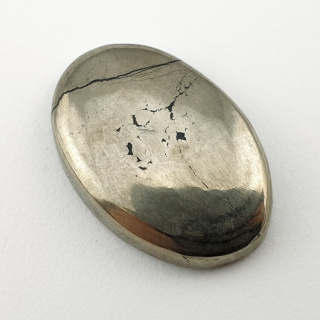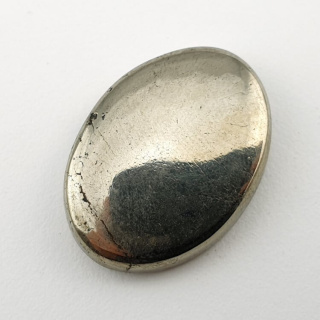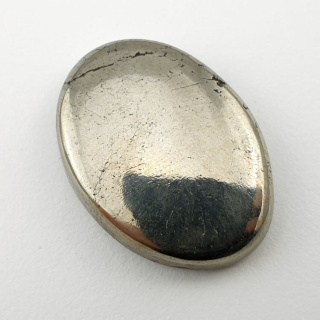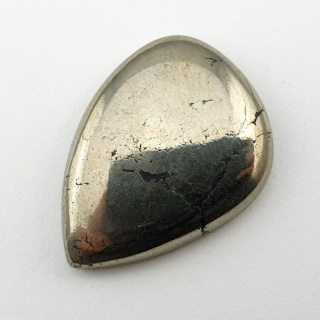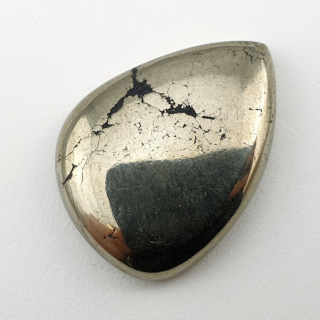Pyrite: Fool's gold with remarkable properties and uses
Number of products : 135Pyrite is iron sulfide (FeS2), which occurs in various crystalline forms. The most characteristic feature of this mineral is its metallic luster and yellow-brown color, which resembles gold. This is where its common name, fool's gold, comes from. In reality, however, pyrite is much harder and heavier than gold, which makes it easy to distinguish between the two minerals. It is worth mentioning that pyrite is used in jewelry and decorations. Although it is not as valuable as gold, its unusual appearance makes it popular with artists and craftsmen. In ancient times, pyrite was also used as a mirror due to its ability to reflect light.
Pyrite - basic information
Pyrite is a mineral that occurs naturally in the Earth's crust. It is an iron sulfide characterized by unique properties, such as the ability to produce sparks when struck. It is mainly found in sedimentary rocks such as shale and coal, but it can also be found in igneous and metamorphic rocks.
Pyrite - a mineral with unusual properties
The properties of pyrite are truly remarkable. Its surface is metallic and yellow-brown, resembling gold. The chemical composition of pyrite is FeS2, which means that it is composed of iron (Fe) and sulfur (S) atoms. Pyrite is also hard and heavy, which makes it easy to distinguish from gold.
Pyrite fes2 - what does this abbreviation mean?
Fes2 is an abbreviation that refers to the chemical composition of pyrite. It means that pyrite is composed of iron (Fe) and sulfur (S) atoms in a 1:2 ratio. This abbreviation is often used in the context of pyrite to emphasize its unique chemical properties.
What does pyrite look like? Characteristics and surface properties
Pyrite is characterized by crystal shapes that are usually cubic or dodecahedral. The color of pyrite is yellow-brown, and its surface has a metallic luster. The surface properties of pyrite often cause it to be confused with gold, which has contributed to its colloquial name, “fool's gold.”
Origin of the name pyrite
The name “pyrite” comes from the Greek word “pyr,” which means “fire.” The origin of the name is related to pyrite's ability to produce sparks when struck. In ancient times, pyrite was used to start fires, which contributed to its name. History and occurrence of pyrite History of pyrite - from ancient times to the present day
Pyrite has been known and used by humans since ancient times. In ancient Egypt, pyrite was used as decoration and as a material for making tools. In ancient Greece, pyrite was used to start fires due to its ability to produce sparks when struck. In the Middle Ages, pyrite was used as a source of sulfur, which was essential for the production of gunpowder. In the 19th century, with the development of industry, pyrite began to be used on a larger scale, mainly as a source of sulfur in the production of sulfuric acid.
Occurrence of pyrite in the world and in Poland
Pyrite occurs worldwide, in sedimentary, igneous, and metamorphic rocks. The largest deposits of pyrite are found in Spain, Peru, Mexico, Romania, Sweden, the United States, Canada, China, Australia, and Russia. In Poland, pyrite occurs mainly in the Sudetes, the Świętokrzyskie Mountains and Lower Silesia. In Poland, pyrite is also present in hard coal, shale and some metal ores.
Pyrite deposits - where is pyrite most abundant?
The largest pyrite deposits in the world are found in the following countries:
-
Spain - the Rio Tinto mine, which is one of the largest pyrite deposits in the world, with reserves estimated at over 1 billion tons.
-
Peru - the Antamina mine, which is one of the largest pyrite producers in the world, with an annual production of approximately 1.5 million tons.
-
Mexico - La Caridad mine, with reserves estimated at over 500 million tons.
-
Romania - Rosia Montana mine with estimated reserves of over 300 million tons.
-
Sweden - Aitik mine with estimated reserves of over 200 million tons.
It is worth noting that pyrite deposits are often associated with the presence of other metals, such as copper, zinc, lead, and gold, which means that pyrite mining is often a by-product of mining these metals.
Pyrite as an economic mineral
Pyrite as gold ore - the history of fool's gold
Due to its golden color and metallic luster, pyrite was often mistaken for gold, which contributed to its nickname “fool's gold.” During the gold rush, many prospectors were deluded into thinking they had found gold when in fact they had only discovered pyrite. It is worth noting that although pyrite is not as valuable as gold, it does have economic uses, mainly as a source of sulfur and as a companion mineral in the mining of other metals such as copper and zinc.
Pyrite extraction - processes and technologies
The process of obtaining pyrite begins with its extraction from a mine. The mineral is then subjected to mechanical processes such as crushing and grinding to obtain finer grains. In the next stage, pyrite undergoes flotation processes, which involve separating the mineral from unwanted substances such as other minerals or rocks. The result of flotation is a pyrite concentrate, which is then subjected to pyrometallurgical processes, such as roasting or smelting, to obtain sulfur and other metals contained in pyrite.
It is worth noting that the technologies used to extract pyrite are constantly evolving, allowing for more efficient use of this mineral and minimizing the environmental impact of its extraction.
The price of pyrite on the mineral market
The price of pyrite on the mineral market depends on many factors, such as the quality of the mineral, mining costs, demand for sulfur, and the prices of other metals that can be extracted from pyrite. In recent years, the price of pyrite has remained at around 50-60 USD per ton, but it is worth noting that these prices may fluctuate depending on the situation on the mineral raw materials market.
In the case of pyrite, its economic value derives mainly from its sulfur content and other metals such as copper and zinc. Therefore, the price of pyrite may be closely linked to the prices of these raw materials on the world market. It is also worth remembering that pyrite is often mined as a by-product in other metal mines, which may affect its availability and price.
Applications of pyrite
The use of pyrite in industry - from catalysts to construction projects
Pyrite has a wide range of industrial applications. Its main use is in the production of sulfuric acid, which is essential in many industries, such as the production of fertilizers, plastics, and dyes. In the production of sulfuric acid, pyrite is roasted, which leads to the release of sulfur in the form of sulfur dioxide (SO2), which is then converted into sulfuric acid (H2SO4).
In the chemical industry, pyrite is also used as a catalyst in processes such as hydrodesulfurization and hydrocracking, which aim to purify and convert crude oil into higher value products such as gasoline and diesel fuel.
In construction, pyrite can be used as a component of concrete, resulting in a material with better mechanical properties and corrosion resistance. In addition, pyrite is also used as a dye in the production of building materials such as bricks and ceramic tiles.
Pyrite jewelry - a stone for making ornaments
Due to its attractive metallic luster, pyrite is also used in jewelry production. Pyrite stones are often cut and set in silver or gold frames to create unique and eye-catching jewelry. Pyrite jewelry is popular among both gemstone enthusiasts and those looking for original accessories to complement their style.
Pyrite in energy - unexpected uses
In energy, pyrite can be used as an electrode material in fuel cells, which convert the chemical energy of fuel (e.g., hydrogen) into electrical energy. Thanks to its conductive and catalytic properties, pyrite can increase the efficiency of such cells, contributing to the development of renewable energy technologies. It is also worth mentioning that pyrite has been studied as a potential energy source in photovoltaics. Research has shown that thin-film solar cells based on pyrite can achieve high efficiency in converting solar energy into electricity, making it an interesting material for future applications in the energy sector. Symbolism and magical properties of pyrite Pyrite, also known as “fool's gold,”
The symbolism of pyrite in different cultures
Pyrite, also known as “fool's gold”, has long fascinated different cultures around the world. In ancient Egypt, pyrite was a symbol of the sun and was believed to have the ability to attract wealth and protect against negative energies. In Inca culture, pyrite was used to make mirrors that were used for rituals and communication with spirits. In Chinese culture, pyrite was a symbol of wealth and prosperity, and these stones were often placed in homes and workplaces to attract prosperity.
Magical properties of pyrite - a stone for sensitive people
Today, pyrite is valued for its magical properties, which can be particularly beneficial for sensitive people and those seeking spiritual support. Here are some of the properties attributed to pyrite:
-
Energy protection - pyrite is considered a powerful protective talisman that can protect against negative energies, jealousy, and the evil eye.
-
Attracting wealth - this stone is a symbol of wealth and prosperity, and its presence in the home or workplace can attract prosperity and financial success.
-
Boosting self-confidence - pyrite can help increase self-confidence, courage, and assertiveness, which can be especially beneficial for sensitive and shy people.
-
Support in decision-making - this stone can help you make difficult decisions by facilitating analysis of the situation and choosing the best path.
-
Stimulation of creativity - pyrite can stimulate imagination and creativity, which can be helpful in creative work or problem solving.
It is worth noting that the magical properties of pyrite can be felt to varying degrees by different people, and their effects may depend on individual beliefs and sensitivity. Therefore, it is worth finding out for yourself the potential benefits of owning this unusual stone.
![[{[item.product.name]}]]([{[item.product.photo.url]}] 75w)

